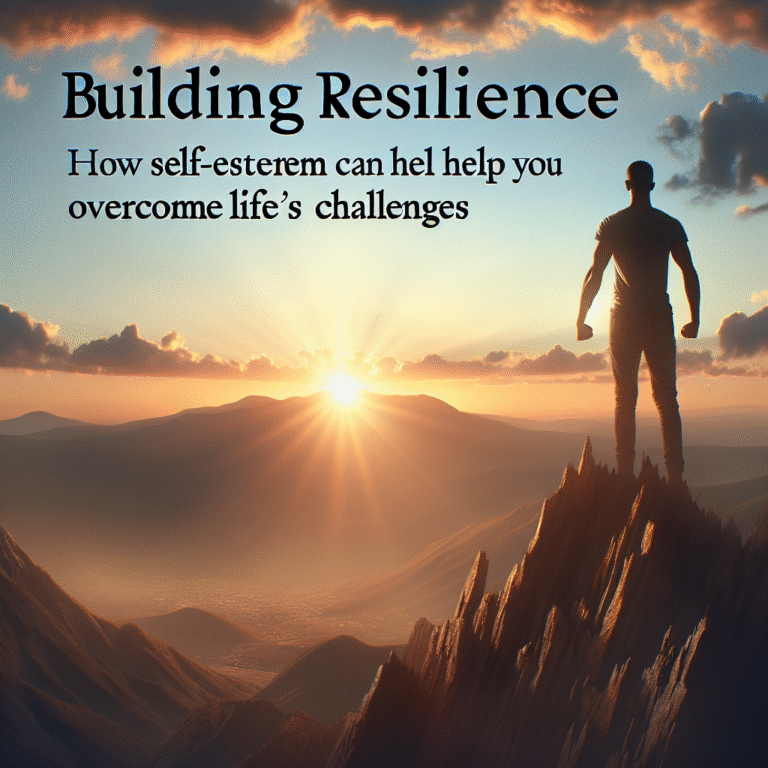
Introduction
Have you ever found yourself in a crowded room, perfectly able to hear one friend’s voice while everyone else fades into an indistinct murmur? This phenomenon is more than just a social quirk; it’s a powerful cognitive process known as selective attention. Understanding selective attention is crucial because it filters the overwhelming flood of information we experience every day, allowing us to focus on what truly matters. In this article, Selective Attention: The Hidden Filter of Our Everyday Lives, we will delve into how this cognitive filter operates, its implications on our daily lives, and how mastering it can lead to profound benefits in various aspects of our lives.
Understanding Selective Attention
What is Selective Attention?
Selective attention is the cognitive process by which our brain focuses on specific stimuli while ignoring others. Think of it as a spotlight illuminating only certain aspects of our surrounding environment. Although our senses can pick up countless signals, our brains filter these signals to concentrate on what is most relevant. This filtering mechanism allows us to function in a world filled with distractions.
The Science Behind Selective Attention
To appreciate selective attention: the hidden filter of our everyday lives, we need to look at the science behind it. Research indicates that our brains can process vast amounts of sensory data, but our conscious awareness is limited. This was first illustrated by psychologists such as Daniel Kahneman, who explored how attention is allocated in his work on cognitive resources.
Case Study: The Cocktail Party Effect
One of the most fascinating examples of selective attention is the "cocktail party effect." In a 1950s experiment, researchers played two different audio messages to participants through headphones—one in each ear. Participants were tasked with attending to one message while ignoring the other. Remarkably, they could often only repeat and comprehend what they focused on, while the ignored message faded into the background.
Analysis: This effect showcases not only the remarkable capabilities of human cognition but also highlights the limitations. While we can focus deeply on one conversation (or stimulus), many other interesting details slip by unnoticed, underlining the importance of selective attention in everyday interactions.
The Role of Selective Attention in Our Lives
Everyday Applications
Every day, we engage in multiple tasks that require intricate layers of selective attention, from driving a car to participating in a meeting. Here, we will explore different dimensions of life where selective attention plays a significant role.
Education: Fostering Learning
In educational settings, students often face challenges from distractions, from smartphones to chatter among peers. Selective attention helps them focus on lectures or reading materials despite these interruptions. However, sustained attention requires practice and can be improved over time.
Case Study: A study conducted with college students illustrated that those who practiced meditation showed enhanced selective attention capabilities. Their improved concentration allowed them to absorb information more effectively than their non-meditating peers.
Analysis: This underscores the potential of selective attention not only in academic settings but also in personal development, as students can enhance their learning through mindfulness techniques.
Workplace Efficiency: Navigating Distractions
In the modern workplace, employees often multitask, juggling emails, meetings, and tasks. Selective attention helps them prioritize effectively, focusing on high-impact activities while filtering out less important distractions.
Case Study: A corporate study revealed that employees who were trained in focus techniques improved their productivity by up to 30%. This was linked to their ability to manage their selective attention more efficiently.
Analysis: This real-world application illustrates how honing selective attention can lead to tangible gains in productivity and effectiveness, balancing demands in a busy work environment.
The Dark Side of Selective Attention
Overlooking Important Information
While selective attention has its advantages, an over-reliance on it can lead to significant downsides. For instance, focusing too heavily on a specific detail may cause us to overlook vital contextual information. This is particularly evident in cases of confirmation bias, where individuals ignore evidence that contradicts their existing beliefs.
Case Study: The Challenger Disaster
The space shuttle Challenger disaster in 1986 serves as a tragic example of this. Engineers were so focused on the technical specifications of the launch that they overlooked critical weather reports indicating potential issues with launch conditions. Their selective attention contributed to a catastrophic failure.
Analysis: This case starkly illustrates the potential pitfalls of selective attention. When focusing too tightly on specific details, we can miss the "bigger picture," leading to severe consequences.
Enhancing Selective Attention
Techniques to Improve Focus
Despite its complexity, there are practical ways to enhance selective attention, making it a valuable asset rather than a limitation.
Mindfulness and Meditation: Studies show that mindfulness practices can significantly enhance selective attention. These techniques help individuals become more aware of their cognitive processes, enabling them to focus better amidst distractions.
Limit Multitasking: Engaging in multiple tasks can scatter attention. Instead, focus on one task at a time to boost productivity.
- Use of Technology: Various apps are designed to help improve focus and maintain attention over longer periods. Tools that promote the Pomodoro Technique can help users manage their time effectively.
Conclusion
Selective attention is indeed the hidden filter of our everyday lives. It shapes how we interact with our environment, influences our effectiveness in tasks, and even impacts our well-being. By understanding and effectively managing this cognitive process, we can harness its power to improve focus and engagement across all areas of life.
Actionable Insights
As you work toward mastering selective attention, consider the following actionable takeaways:
- Practice Mindfulness: Incorporate brief mindfulness exercises into your daily routine to help train your brain to focus better.
- Set Priorities: Begin each day by identifying the three most important tasks; this will help steer your attention where it matters most.
- Limit Distractions: Create a workspace that minimizes distractions, helping you maintain a better focus on your tasks.
FAQs
1. What is selective attention?
Selective attention is the cognitive process that allows an individual to focus on specific stimuli in their environment while ignoring others.
2. How can I improve my selective attention?
You can enhance your selective attention through mindfulness practice, focusing on single tasks, and using tools designed for productivity, like apps that encourage time management techniques.
3. Can selective attention be trained?
Yes, like any cognitive skill, selective attention can be improved through intentional practice and techniques such as meditation and focus exercises.
4. What are some common distractions that affect selective attention?
Common distractions include smartphones, background noise, multitasking, and environmental factors such as clutter in your workspace.
5. What is the impact of selective attention on learning?
Selective attention plays a crucial role in learning. It helps students focus on relevant information, making it easier to absorb and retain knowledge, although excessive distractions can hinder learning.
In summary, understanding selective attention: the hidden filter of our everyday lives empowers us to navigate the complexities of our environments more effectively. It’s a skill worth mastering—one that can transform our productivity, relationships, and overall well-being. Are you ready to harness the power of selective attention?











